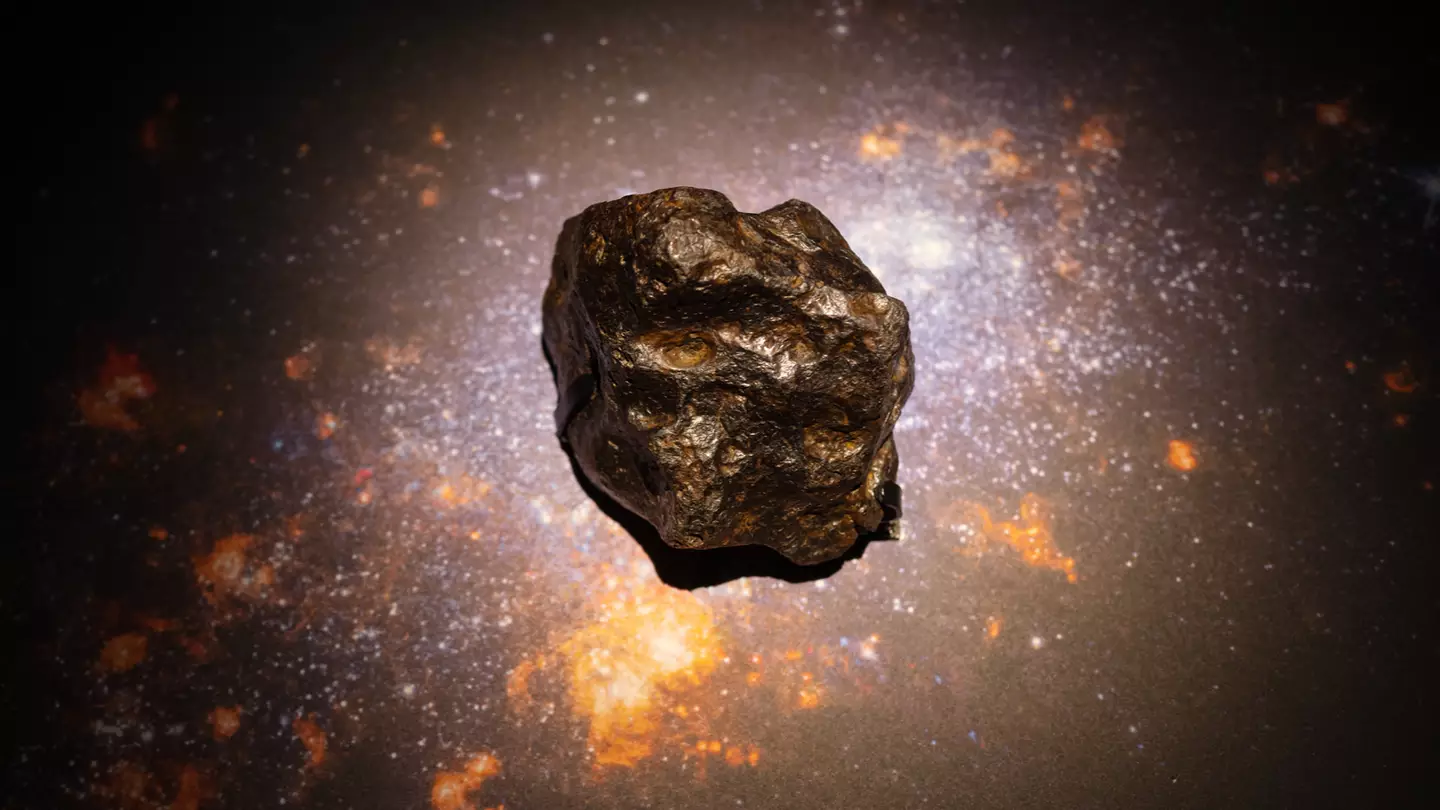NASA researchers have clarified the details regarding a 220-foot asteroid that will be passing “near” Earth early next week. Whenever space rocks are on a near-Earth trajectory, it tends to capture the public’s imagination.
Thoughts often turn to scenarios involving large city-endangering asteroids or even celestial bodies that could potentially collide with the Moon.
There’s also the intriguing 16 Psyche, an asteroid in deep space composed of metals so valuable that it could theoretically turn everyone into billionaires.
The asteroid expected to pass by Earth on Monday, July 28th, is similar in size to an airplane—slightly larger than the Statue of Liberty.
Traveling at an astounding speed of 46,908 miles per hour, this asteroid, named 2025 OW, will pass our planet at a distance of about 393,000 miles.

This proximity is still much closer than any of the four other asteroids making their closest approaches to Earth this week.
As noted by the Jet Propulsion Laboratory (JPL), two asteroids of similar “plane-sized” dimensions will pass on Thursday, July 24, and two more are expected on Saturday, July 26.
Unlike 2025 OW, none of the other asteroids will come as close to Earth. Today, the nearest of these is the 100-foot-wide 2025 OK1, which will pass by at a distance of roughly 1,360,000 miles.
In comparison, 2025 OW will come about 70 percent closer than 2025 OK1.
While such events can sound alarming, NASA assures us that this particular distance is approximately 1.6 times the average distance to the moon.
This should help set any concerns to rest.

According to scientists, these occurrences are quite typical in the solar system.
Davide Farnocchia, an asteroid specialist at NASA’s Center for Near-Earth Object Studies (CNEOS), mentioned to ABC News, “Close approaches happen all the time – it’s just part of the fabric of the solar system.”
Even though 2025 OW is large enough to attract scientific attention, it’s not something that poses a significant threat.
Ian J. O’Neill, a media relations specialist at NASA’s JPL, reassured, “We know exactly where it’s going to be. We’ll probably know where it’s going to be for the next 100 years.”
He further noted regarding the asteroid’s close approach, “This is very routine. If there was a threat, you would hear from us. We would always put out alerts on our planetary defense blog.”
Asteroids that are around 3,000 feet in size—nearly 13 times larger than 2025 OW—are the real concern.
NASA indicates that such massive rocks could cause “global devastation and possibly the collapse of civilization.”
Fortunately, these significant events only occur every 700,000 years, so unless the cosmos is ahead of schedule, there is no current danger.

